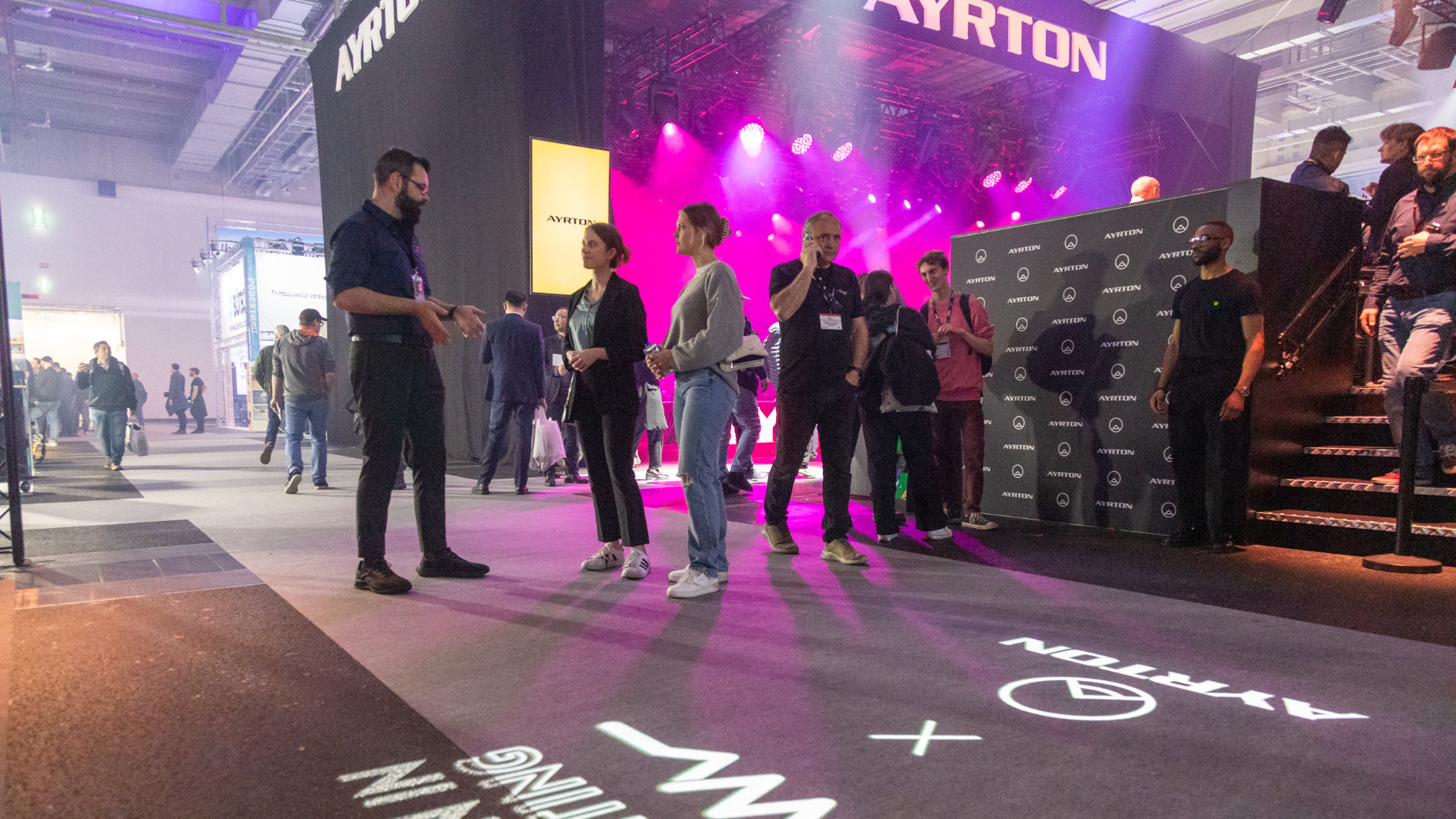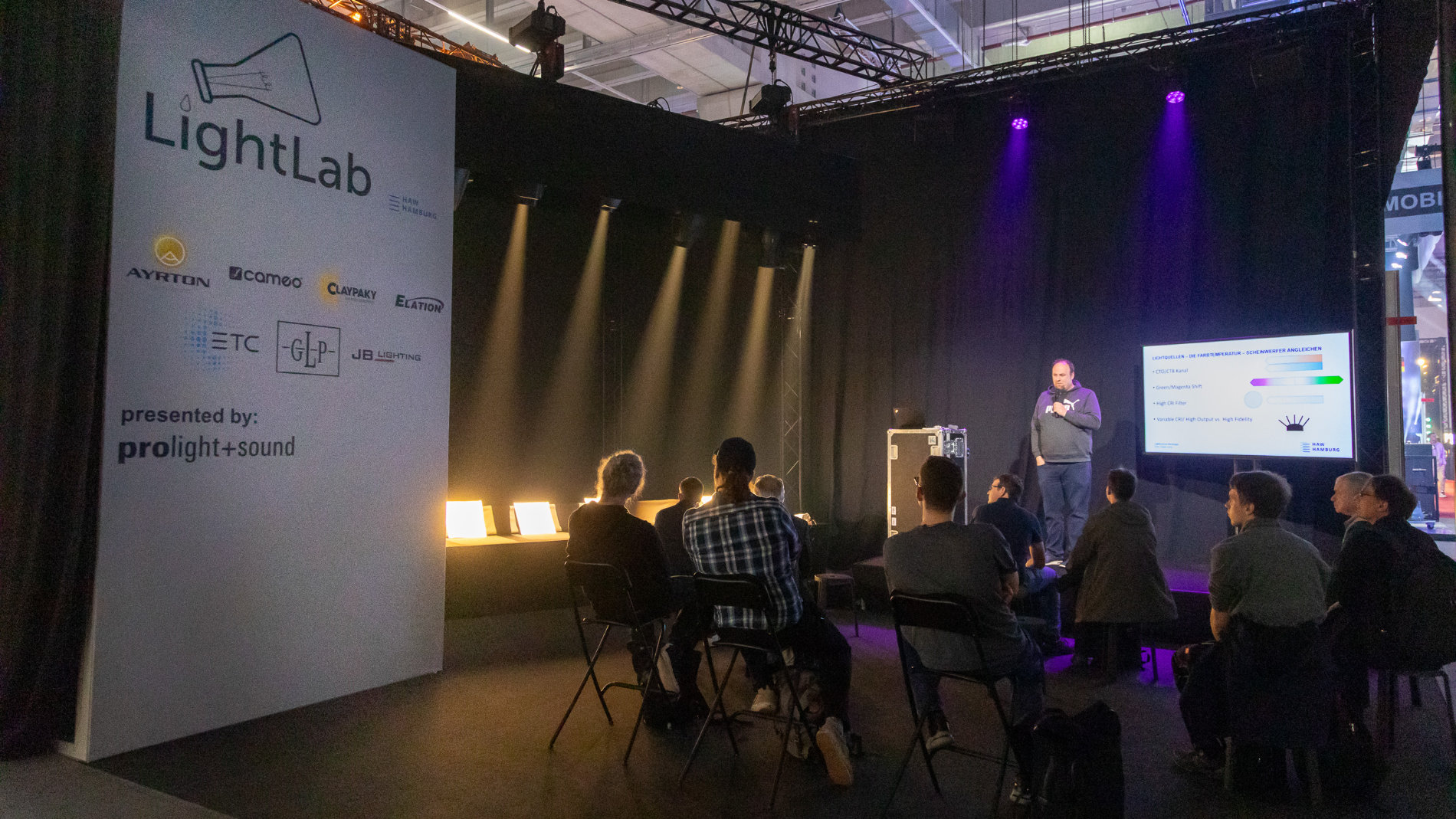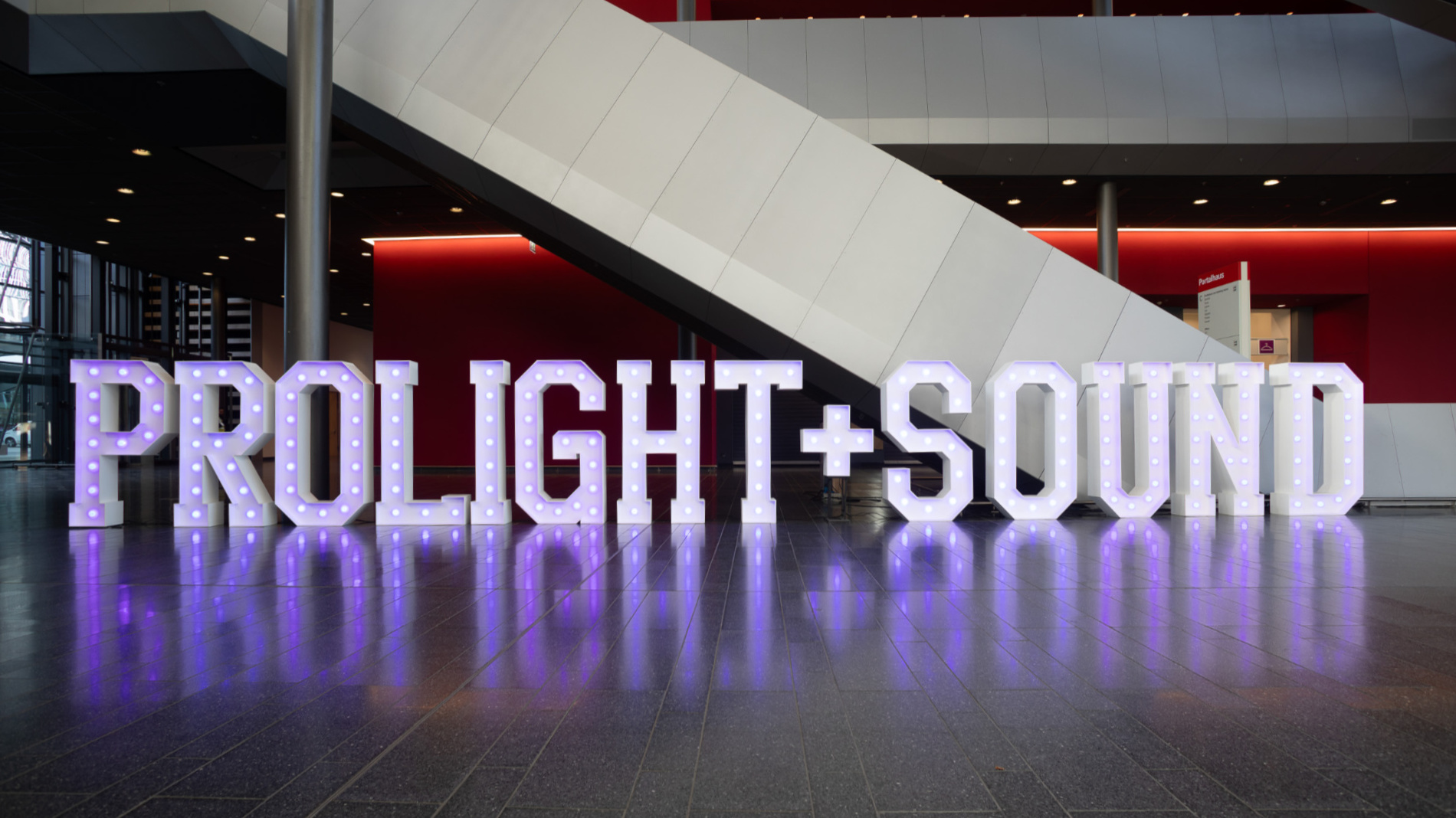The Prolight + Sound Area offers visitors a specially curated complementary programme and guided tours.
Guided Tours

During the event, Prolight + Sound offers you expertly moderated tours of the fair.
The tours give you a compact overview of the fair in one hour. Specialists and managers from the companies present new products, innovations and technologies that are particularly interesting from a planning and technical point of view.
The tours are free of charge.
Women in Lighting

Clear the stage for creative women: With the "Women in Lighting Lounge" and a specialised programme, the innovative achievements of women in the event industry will be put in the spotlight. Meet female professionals and interested newcomers, listen to lectures and interviews with inspiring personalities or find out about career opportunities for women in the event industry.
LightLab

Lightsources Backstage - A slightly different look inside modern spotlights.
In the LightLab you will get new impulses for different light sources of modern spotlights.
The presentations focus on the following topics, among others:
- Characteristics and specific features of modern light sources, as well as their proper application,
- Methods for evaluating, comparing, and measuring light sources,
- Criteria for selecting suitable light sources for different areas of application,
- Limitations of current LED technologies and ways to identify and assess them using photometric data.

